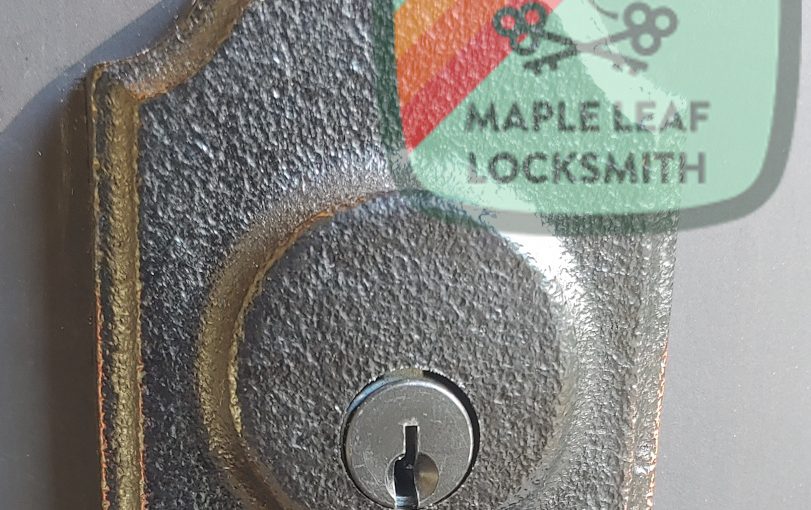Author: Bjørn Madsen
-

Getting a Weslock to use Schlage SC1 key
you have to drill or grind out the top of the cylinder housing where the bible goes a little bit.
-
Nanawall Multipoint Lock Cylinders Don’t Use Normal Pins
Before considering getting a “Nanawall” installed here are some pitfalls for you to consider. TLDR: use SFIC pins or reuse the bottom pins in a different configuration. The Nanawall appears to be a well constructed door, my issues are with the lock cylinder itself. The main problems with this lock cylinder are that it is…
-
Interlock multipoint sliding door locks
Sliding door locks are notoriously crappy. Usually it is just one little hook holding the door shut and customers think that hook is going to keep them safe. Well I’m here to tell you that it won’t. Aside from the obvious shattering of the entire door a large screwdriver can pry the door away from…
-
Key Codes and How to Use Them
Key codes are a big part of my day and simplifying it. They can also save the customer a ton of time and money! When I rekey a house or business I always tell the owner the bitting for their new keys if they are interested. With this information you can always get a key…
-
On the Security of Fobs and Codes
Changes have come to the security of the shared front door utilizing keyless locks. For at least ten years people have enjoyed the convenience of keyless entry to their buildings. It is also much cheaper to maintain security of these locks when a fob is lost or somebody moves. Simply delete their credential from the…
-
Smartkey Locks: So easy to rekey you can do it yourself!
People call me every day to rekey their house for a variety of reasons. Sometimes there are legal issues or concerns for one’s safety and people just want their locks changed regardless of cost. I don’t mind coming out to rekey your smartkey locks but I feel bad charging for it since it is usually…
-
How to rekey a Kwikset Smartkey cylinder with no working key
There are lots of things that can go wrong doing this and I refuse to accept any responsibility for what happens if you decide to do this. It probably voids your warranty, do it at your own risk. Do it over a surface in case you drop springs or little bits so you can find…
-
Rant: Rekeying locks versus fixing locks
When people ask me to rekey their locks I like to ask them to walk through the house and show the locks to me. I try the locks out to see if there are any blatant issues with them because sometimes you change the key for a lock and the customer gets upset that some…
-
PSA: Unlocking your car isn’t the same as making a key for your car
If you lost the keys to your car you want to ask people to originate a key for your car or just make a key for your car. Don’t ask them to come unlock your car. You don’t need your car unlocked, you need a key for your car. Asking people to unlock your car…
